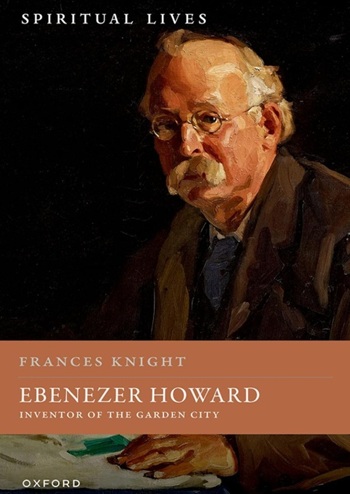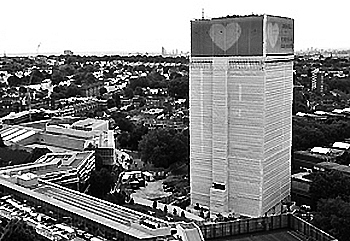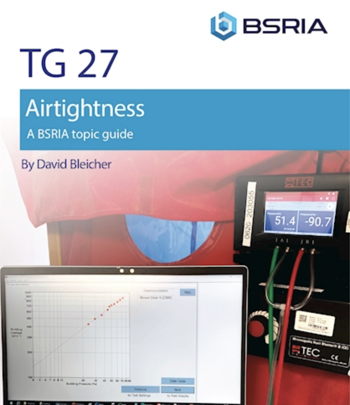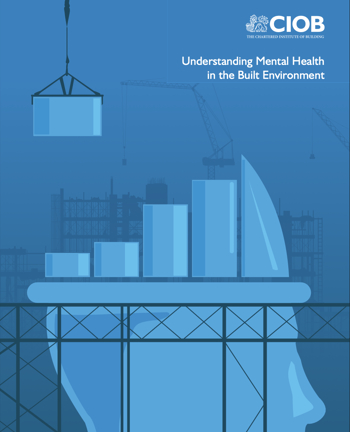Subcontract procurement
The classic 19th-century definition of a contract is 'a promise or set of promises which the law will enforce' (ref. Pollock, Principles of Contract 13th edition). That is, there is reciprocity of undertaking passing between the promisor and the promisee.
In the construction industry, the main contract is typically the tier 1 contract between the client and the main contractor.
A subcontract is a contract that involves a subcontractor undertaking part of the main contract on behalf of the main contractor. This is generally a tier 2 contract.
Subcontracts normally involve work of a specialist nature carried out by specialist subcontractors Subcontracts on a project can encompass many trades but commonly include:
- Bricklayers.
- Cladding installers.
- Concrete installers.
- Drainlayers.
- Electricians.
- Joiners.
- Scaffolders.
- Steel erectors.
- ICT installers.
- Building services.
Procurement is the process of purchasing goods or services. Procuring subcontractors is the process by which these various specialist trades are brought into a project.
Traditionally there have been three main types of subcontractor:
- Domestic subcontractor. A subcontractor selected and appointed by the main contractor.
- Nominated subcontractor. A subcontractor selected by the client to carry out an element of the works.
- Named subcontractor. A subcontractor selected from a list of acceptable sub-contractors provided by the client.
However, on large or complex projects, the work will cascade down the supply chain to a plethora of subcontractors, sub-subcontractors, and so on.
One of the problems in the construction industry is that the first and second tier of the supply chain sign up to fairly onerous agreements but as the chain develops, so the contractual liabilities decrease until suppliers at the end of the chain are often not locked in at all.
In recent years larger companies offering continuity in construction have taken an increasing interest in establishing relationships beyond direct, first tier suppliers. Framework contracts and partnering agreements have pioneered this approach, encouraging the involvement of selected suppliers at relatively early stages of projects while offering continuity of work.
An integrated supply team is one that involves the integration of the complete supply chain involved in the delivery of a project. Under this route, the entire supply team may be appointed after the project brief has been prepared, often under just one contract rather than separate contracts with each individual company.
[edit] Related articles on Designing Buildings Wiki
- Collaborative practices.
- Construction supply chain payment charter.
- Contract sum.
- Contractor.
- Domestic sub-contractor.
- Named specialist work.
- Named sub-contractor.
- Nominated subcontractor v named subcontractor.
- Nominated supplier.
- OJEU.
- Payments to nominated sub-contractors.
- Preliminaries.
- Prime cost sum.
- Procurement route.
- Selected subcontractor.
- Sub contractor.
Featured articles and news
The UK's Modern Industrial Strategy: A 10 year plan
Previous consultation criticism, current key elements and general support with some persisting reservations.
Building Safety Regulator reforms
New roles, new staff and a new fast track service pave the way for a single construction regulator.
Architectural Technologist CPDs and Communications
CIAT CPD… and how you can do it!
Cooling centres and cool spaces
Managing extreme heat in cities by directing the public to places for heat stress relief and water sources.
Winter gardens: A brief history and warm variations
Extending the season with glass in different forms and terms.
Restoring Great Yarmouth's Winter Gardens
Transforming one of the least sustainable constructions imaginable.
Construction Skills Mission Board launch sector drive
Newly formed government and industry collaboration set strategy for recruiting an additional 100,000 construction workers a year.
New Architects Code comes into effect in September 2025
ARB Architects Code of Conduct and Practice available with ongoing consultation regarding guidance.
Welsh Skills Body (Medr) launches ambitious plan
The new skills body brings together funding and regulation of tertiary education and research for the devolved nation.
Paul Gandy FCIOB announced as next CIOB President
Former Tilbury Douglas CEO takes helm.
UK Infrastructure: A 10 Year Strategy. In brief with reactions
With the National Infrastructure and Service Transformation Authority (NISTA).
Ebenezer Howard: inventor of the garden city. Book review.
The Grenfell Tower fire, eight years on
A time to pause and reflect as Dubai tower block fire reported just before anniversary.
Airtightness Topic Guide BSRIA TG 27/2025
Explaining the basics of airtightness, what it is, why it's important, when it's required and how it's carried out.
Construction contract awards hit lowest point of 2025
Plummeting for second consecutive month, intensifying concerns for housing and infrastructure goals.
Understanding Mental Health in the Built Environment 2025
Examining the state of mental health in construction, shedding light on levels of stress, anxiety and depression.





















